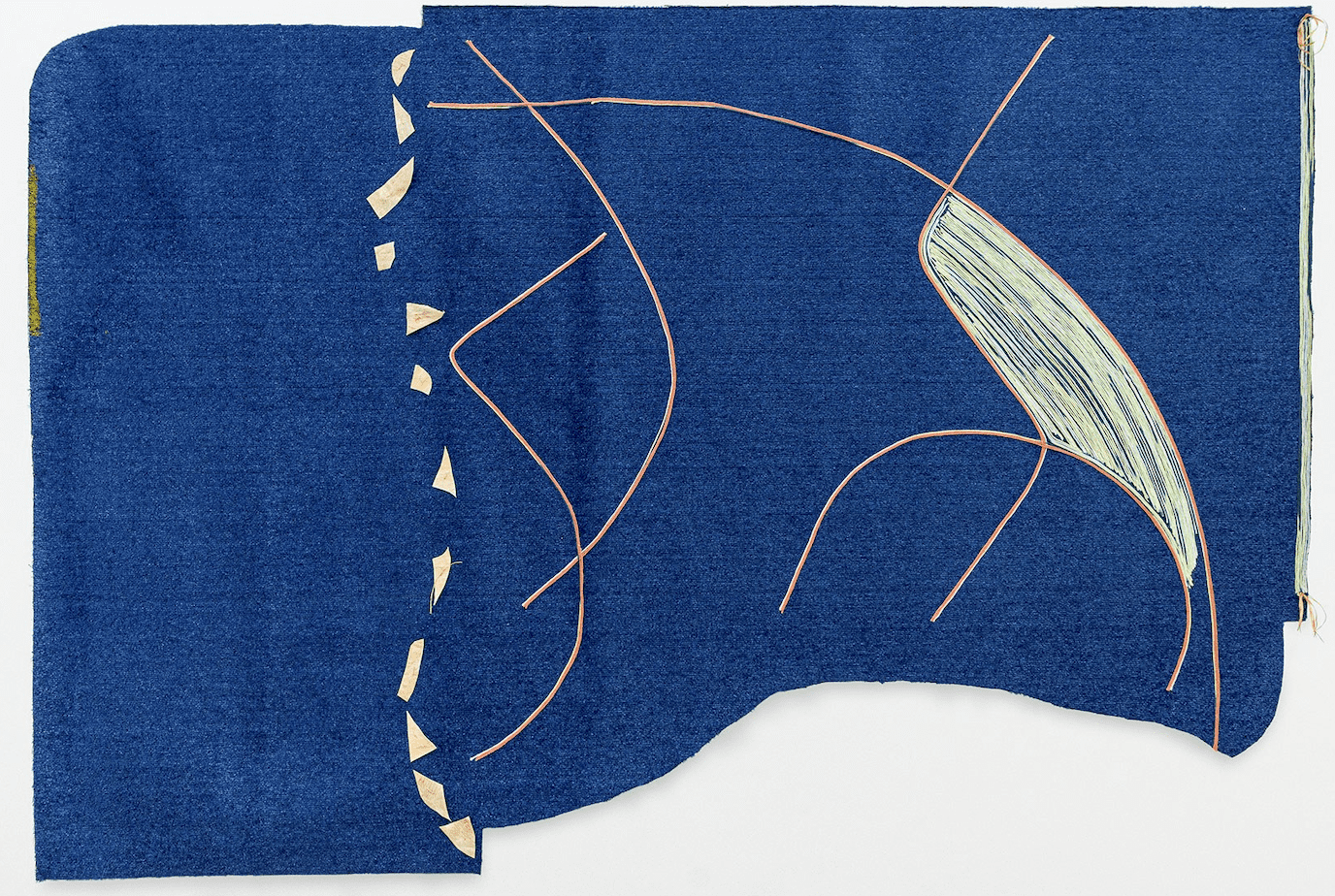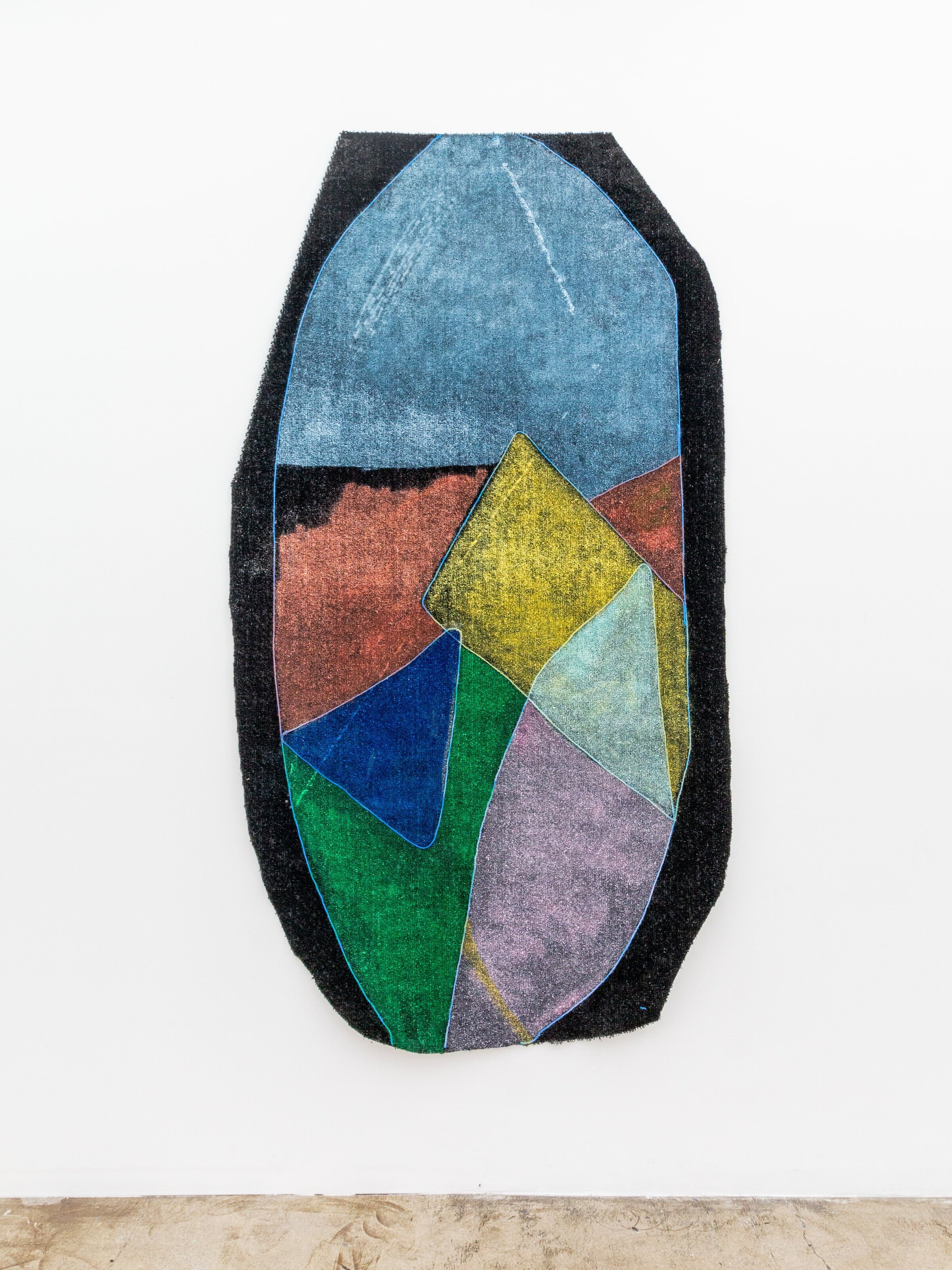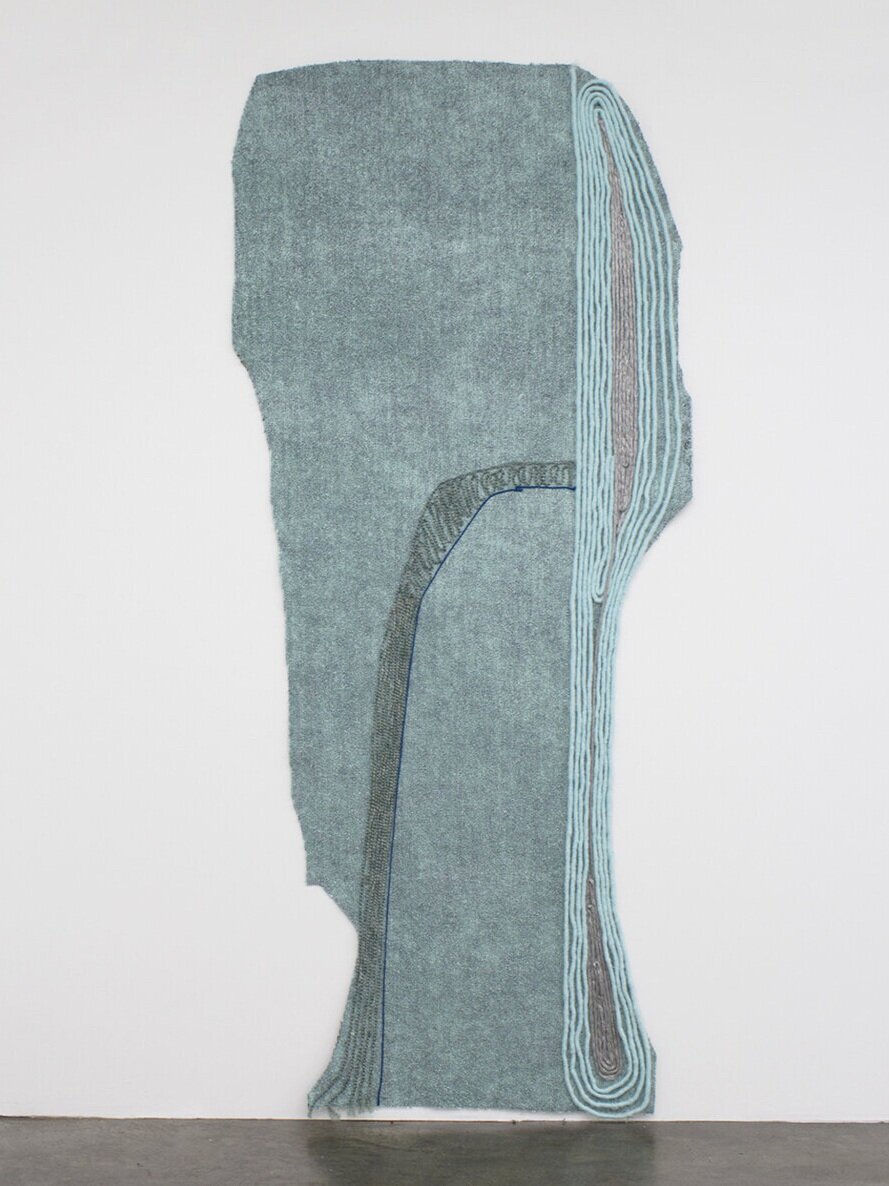
Synthetic And Organic: Teresa Baker Redefines Our Landscape
Based in the Los Angeles neighborhood of Highland Park — though born in North Dakota and raised in the Midwest — Teresa Baker looks for unconventional sources when creating her landscape artwork.
Drawing from her ancestral history, Baker is inspired and guided by her Mandan and Hidatsa roots — members of the Three Affiliated Tribes of the Northern Plains. In a recent interview with ARTnews, Baker described her foundation in the Native artistic tradition. “I had to make sure I knew why and how I was using them, because they have a history of how they were used,” she said. “I was raised with a lot of pride in who I am. Caring for culture means carrying forward these traditions. One thing I’ve always thought about, and especially since having a son, is: How do I carry forward those traditions while living in urban environments?”

In paying tribute to the landscape, Baker hopes that her pieces embody “the feeling of being in the vast expanses of the Northern Plains. Land is a place where culture is.” Similar to her ancestors, Baker sees her environment as a space of both discovery and experimentation. Using the natural materials of the land — most commonly plants and animal hides — she visualizes and constructs artworks — through traditional forms of hand-stitching, painting, and beading — that reflect the identity of the American landscape.
While honoring her childhood, Baker deviates from her community by infusing modern aesthetics into her compositions. In working in mixed media, her incorporation of synthetic materials (most recently using turf) inverts the notion of ‘organic’ art. Her range in materials, textures, shapes, and colors all contribute to this transformation of the landscape. It is in the balance between the artificial and natural that Baker pushes the cultural boundaries of conventional eco-art. Instead of the rigidity of traditional works, Baker adds abstraction to her landscape. “Abstraction forms its own language that leaves questions and some open-endedness,” Baker said.

In these visual maps, Baker questions her audiences in order to redefine their relationship with space. “I reimagine how these plant and animal materials function in the context of a new object—one that seeks to explore the importance of place, land, and how we interact with it,” Baker commented. It is through this expression that Baker celebrates cultural memory while engaging in the present.

Baker has had her artwork exhibited in Los Angeles, Scottsdale, San Francisco, Oakland; Beaumont, Texas, Houston, and New York City. In addition, her works have been featured throughout the Bay area. Baker received her MFA from California College of the Arts and her BA from Fordham University. She is a 2022 Joan Mitchell Fellow, a recipient of the 2020 Native American Fellowship for Visual Artists at the Ucross Foundation, and has been an artist-in-residence at a number of artistic programs.
Featured Image via de boar gallery


